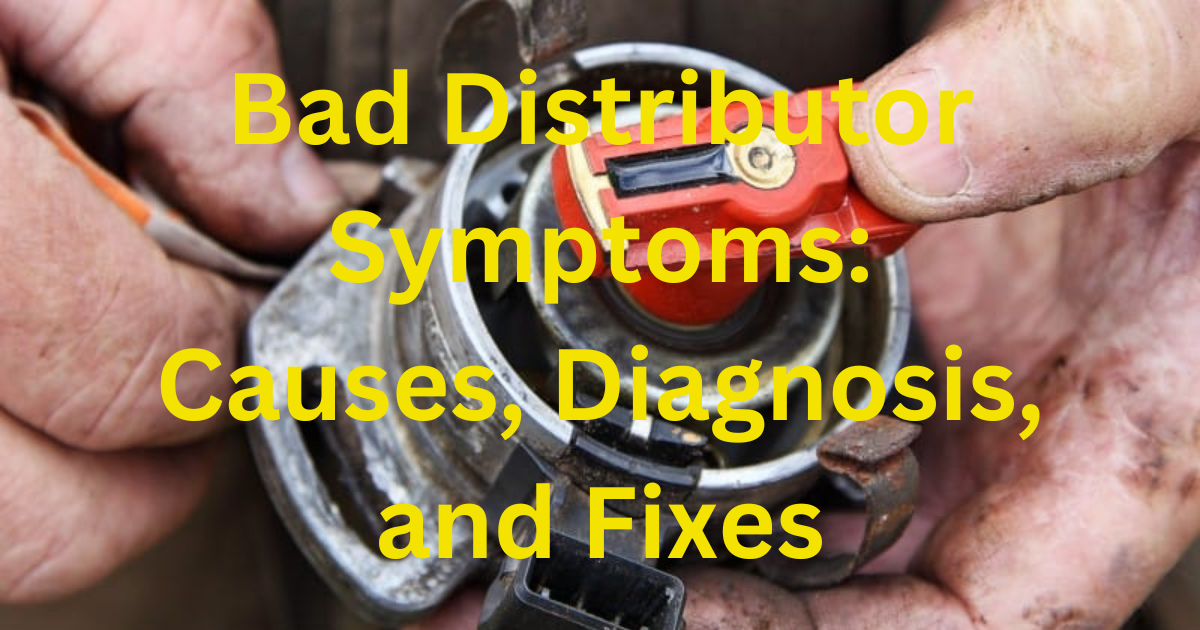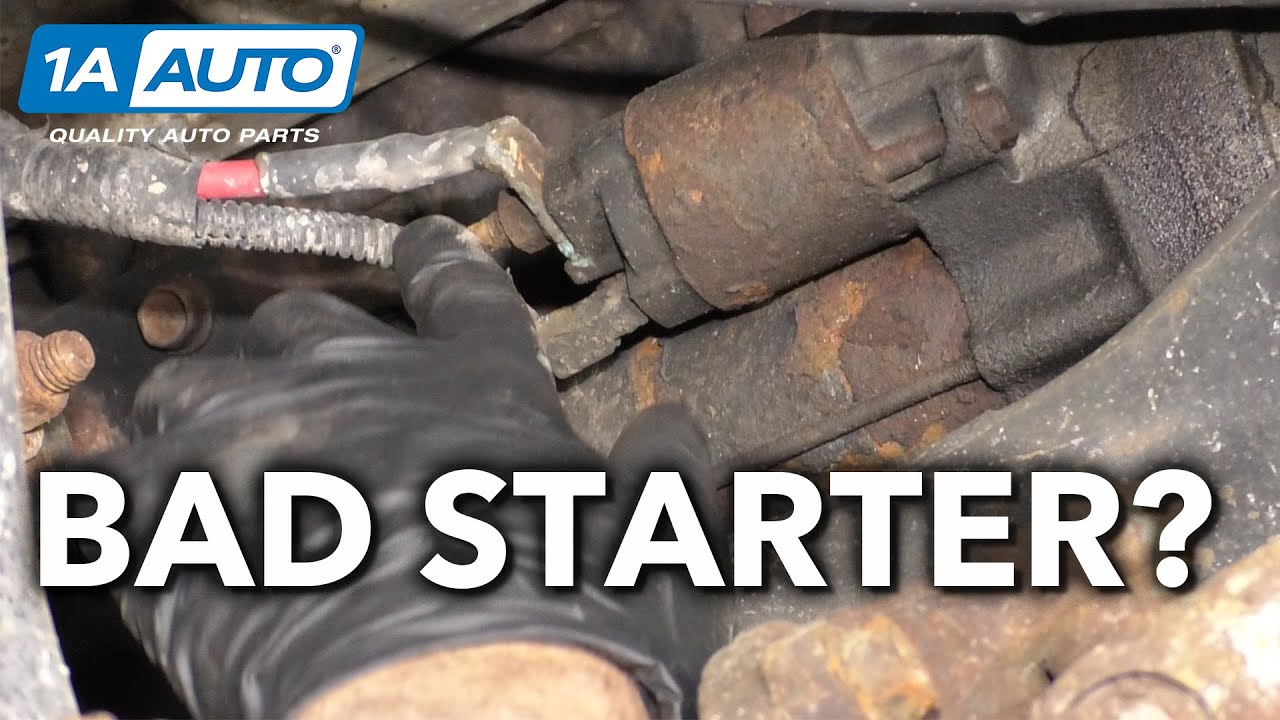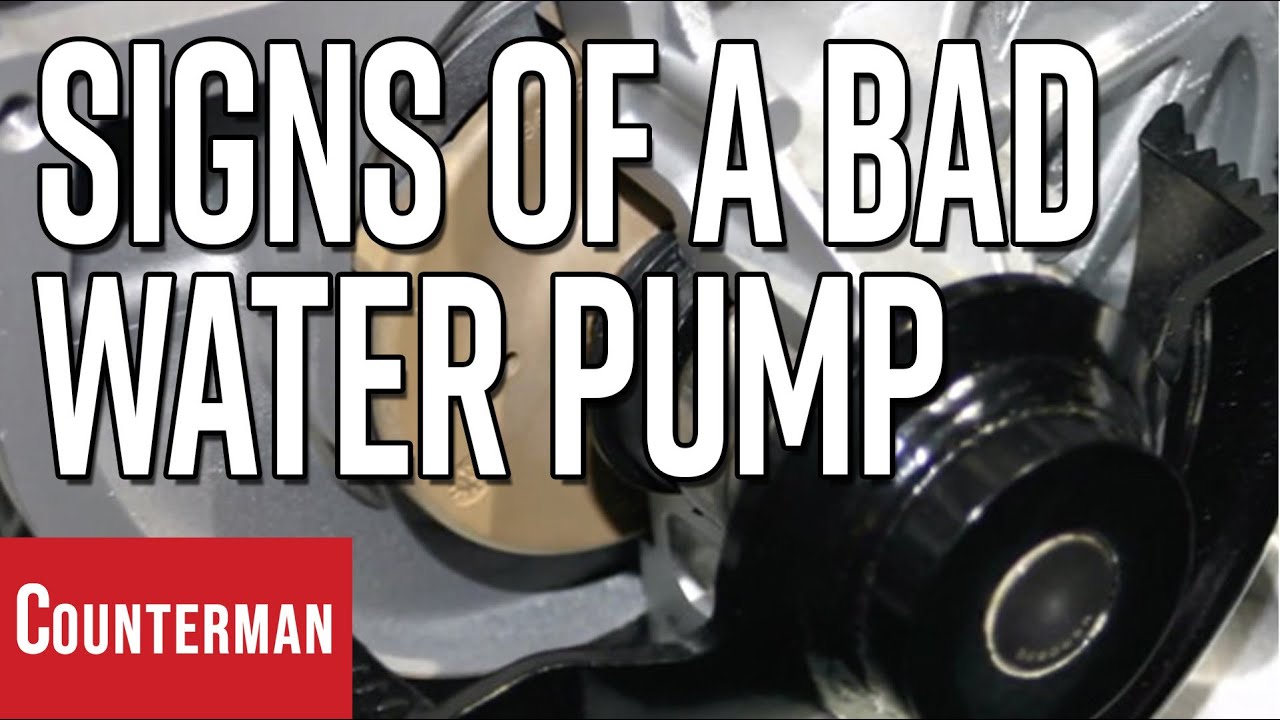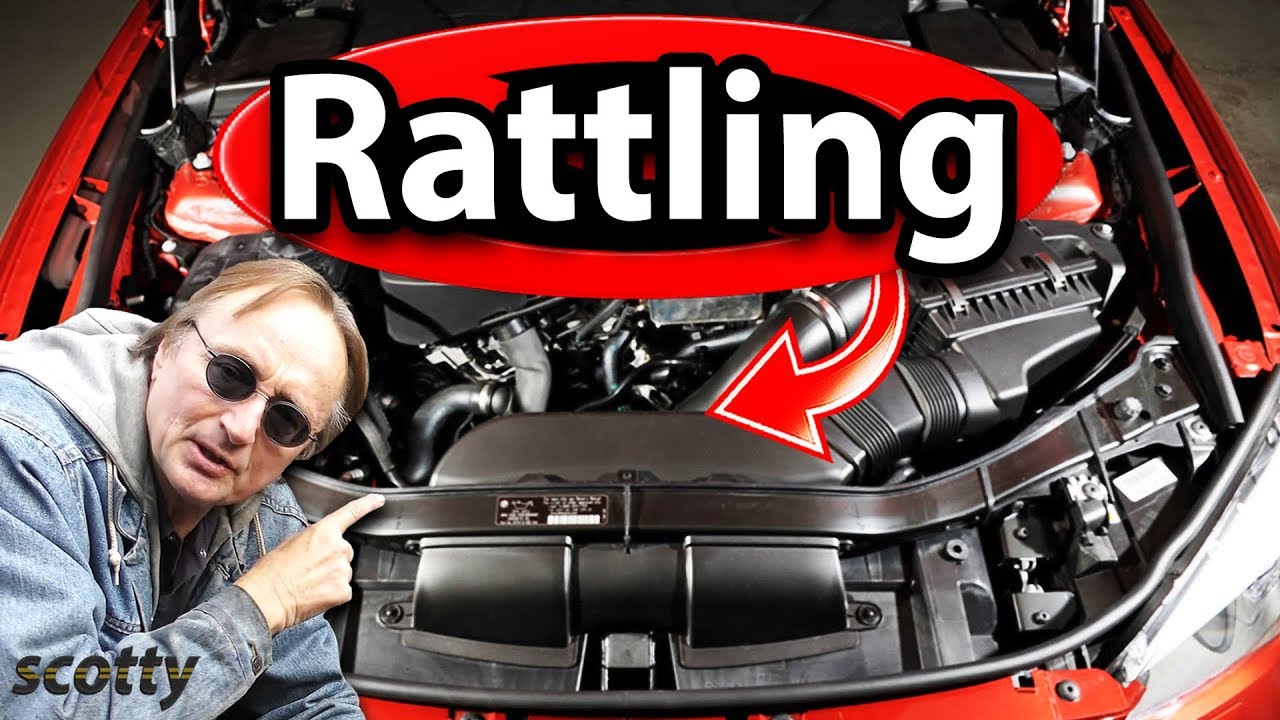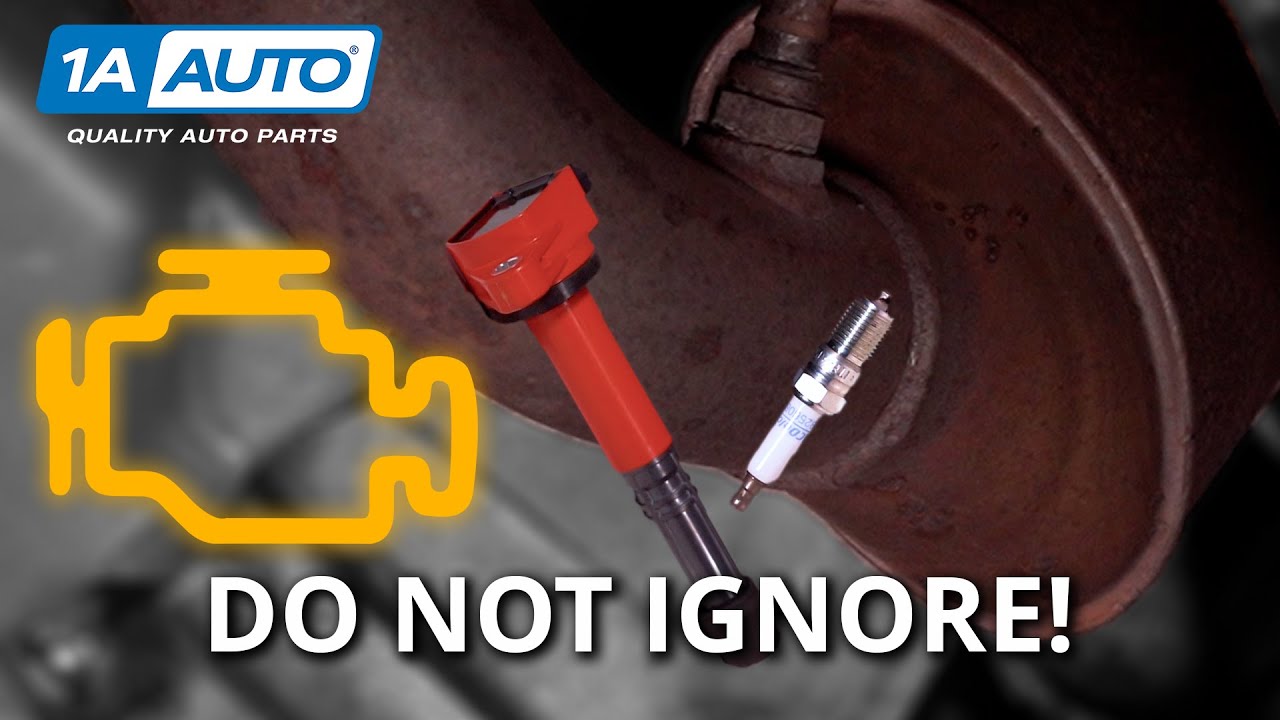When the distributor isn’t working properly, the air-fuel combination won’t burn properly even after it reaches the combustion chambers. There are a number of warning indicators to keep an eye out for, but the most typical ones include engine misfiring, hard starting, and a car that won’t start.
This article will teach you how to identify a faulty distributor cap, what signs to look for, and how much it will cost to fix.
Signs of a Bad Distributor
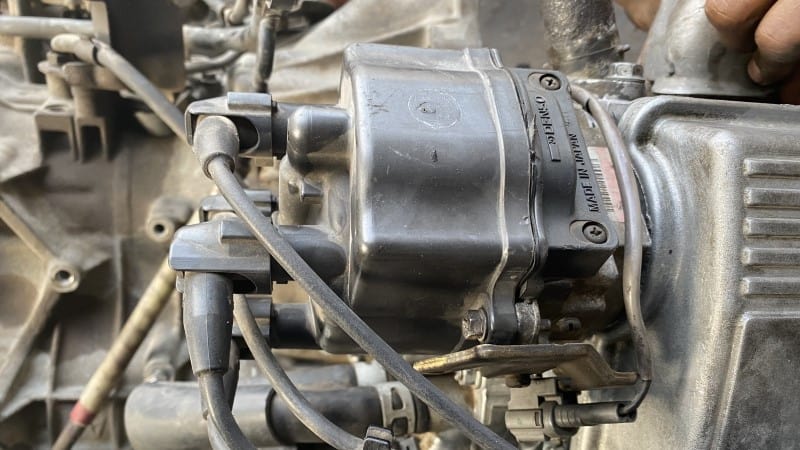
There are noticeable signs of failure in the distributor because of its critical function in the combustion process. The following are signs of a faulty distributor in Honda and similar vehicles.
The vehicle won’t start
Turning the crankshaft turns the engine shaft. A combination of air and fuel is drawn into the combustion chamber by the engine’s rotation. In order to propel the vehicle forward, the air-fuel mixture is compressed by the pistons, which are ignited by the spark plugs.
Inoperable Motor
When the engine does start, but struggles to operate, it could be due to a faulty rotor or distributor point. A properly functioning rotor, which is a part of the distributor and is responsible for supplying electric flow, is essential to the efficient operation of the vehicle.
The warning light on the dashboard
Whenever an issue with the powertrain is detected, the dashboard check engine light is triggered by the powertrain control module. Among other things, the PCM keeps an eye on the engine’s firing cycle. If the distributor isn’t working properly, the spark plugs won’t light the fuel, and the computer in the car will turn on the check engine light.
Your car is Vibrating
Car vibration can be caused by a number of things, such as a faulty transmission mount, a poor engine mount, or problems with the wheels and tires. One sign of a faulty distributor, though, is vibration, which can affect vehicles like the Chevy 350. A misfiring engine is another potential cause of vibration.
The distribution unit makes a screeching sound
The distributor making a screeching or shrill noise is another sign of a faulty distributor, which may be heard on various vehicle models, including the 5.7 Vortec. If the distributor is malfunctioning, you will notice this distinctive indicator.
Smog Check Failed
If the distributor fails to supply enough electricity to the spark plugs, the plugs might not produce enough spark to ignite the fuel in the combustion chamber. You will fail the emission check because the unburned fuel will exit the combustion chamber with the exhaust gas.
How to Verify Unreliable Distributors
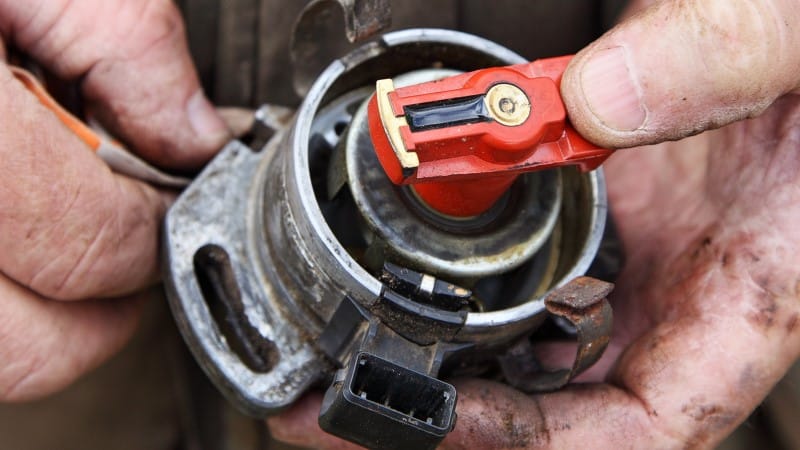
In the event that your vehicle is equipped with a distributor and you come across any of the aforementioned symptoms, it is imperative that you verify the distributor to ascertain its origin before assigning blame.
In order to identify a defective distributor, here is a simplified step-by-step procedure to test it.
- On engines with four cylinders, you can find the distributor in the engine compartment near the number one or number four cylinder. The spark plugs are connected to it through plug wires.
- Get a screwdriver close enough to one of the distributor’s lead wires and unplug it to make an arc. If you want to keep your hands safe, don’t do this.
- Take a look at the distributor caps for corrosion, damage, cracks, and loose bolts.
- Keep buildups away from the firing locations. Negligible places of contact will seem charred or rusted.
- Check if the rotor is in decent shape.
What Causes Distributors to Rapidly Deteriorate?
There are a number of things that can go wrong with the distributor, just as with other parts of the vehicle. You should be on the lookout for the following most typical causes.
- The process of corrosion
- Accumulation of carbon
- Damage from regular use
How can I Repair Faulty Distributors?
After a careful examination, it will become clear whether your distributor is defective; in such case, you will either need to repair it or get a new one.
Changing out the distributor cap for a new one would be the easiest solution if it’s broken. However, make sure to wipe the cap thoroughly if it is dusty or damaged. A simplified method for cleaning a distributor that has become rusted is presented here.
The distributor cables should be removed. Make care to label them. If that’s the case, make sure to identify them so you can reinstall them in the correct sequence.
- To take off the distributor cap, loosen the screws that hold it on.
- Apply contact cleaning using a bristle brush to the distributor cap’s contact points.
- After cleaning the cap, use a clean rag or compressed air to dry it.
- Put the distributor cap back on by doing it the other way around.
Conclusion
The question of whether distributors go bad is now irrelevant if you have read this far. Damage from corrosion, carbon buildup, and general wear and tear can cause automotive distributors to fail. It will give you telltale signs of a malfunctioning distributor as it starts to fail. Thankfully, cleaning it may be all that’s needed to fix the problem.
